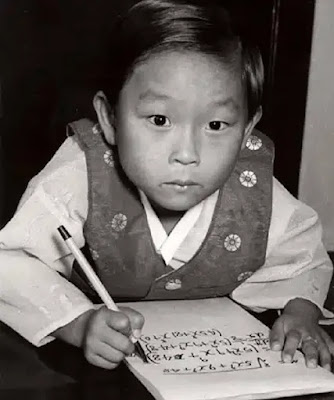The Horsemaning, also known as "headless posing,"
The Term "Horsemaning" is derived from the headless Horseman, a character from Washington Irving's Famous Novel. "the sleepy hallow". the term gained popularity due to its playful and whimsical natures well as the creative possibilities it offered for capturing unique and humorous photographs.
Horsemaning, also known as the headless posing. was a popular photography trend that emerged in the 1920s. It involved creating the illusion of a decapitated body by positioning two people in such a way that one person head was hidden while the other person appeared to hold the detached head. the resulting photo gives the impression of a headless body with a detached head held separately.
To appear headless while taking a photo, known as "horsemaning", was a popular way to pose in the 1920's.
Horsemaning became a widespread phenomenon, with people of all ages and backgrounds participating in this peculiar form of photography. It was especially popular among young adults and couples who sought to showcase their creativity and sense of humor. The trend was fueled by the growing availability and affordability of cameras, which allowed more people to engage in amateur photography.
Horsemaning gained momentum during the 1920s but eventually faded away as other photography trends emerged. However, its influence can still be seen today in the realm of optical illusions and trick photography.
In 2011, Horsemaning experienced a resurgence on Facebook, and numerous photos attempting to recreate the original trend started circulating on platforms like Buzzfeed. This revitalization brought renewed attention to the peculiar and imaginative art of Horsemaning.

.jpg)




Comments
Post a Comment